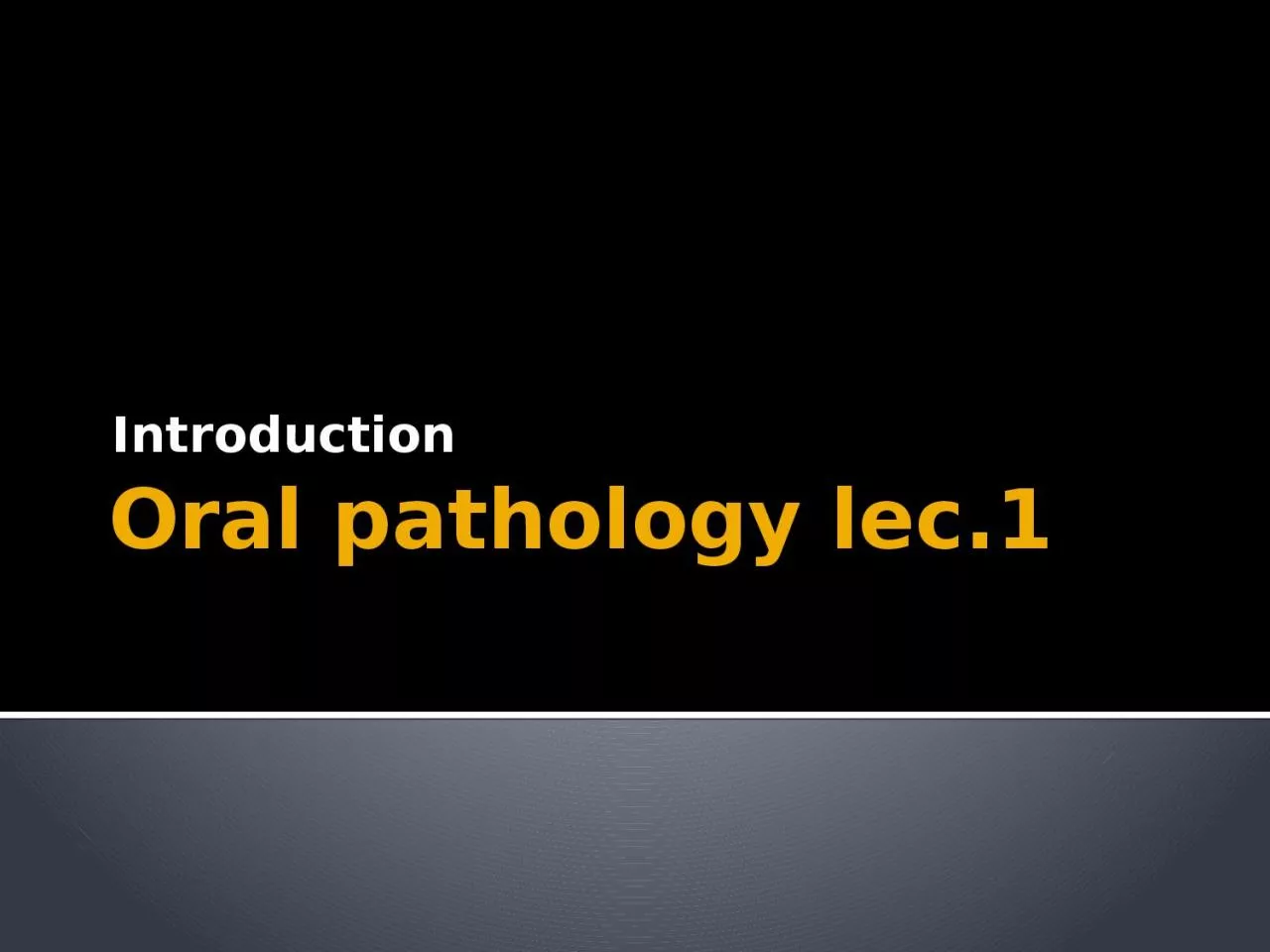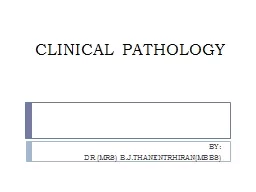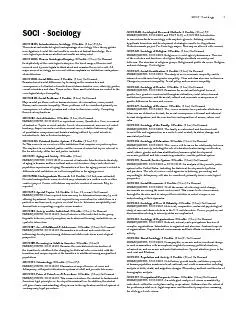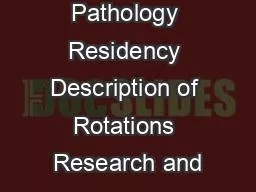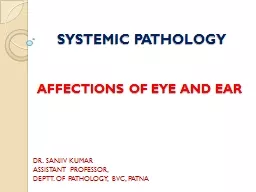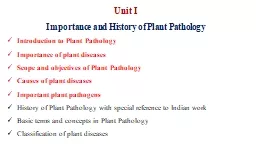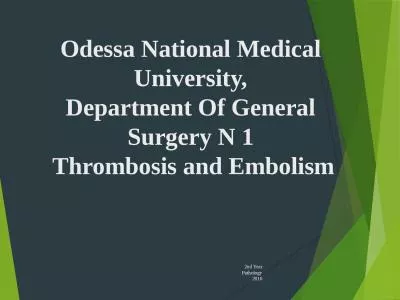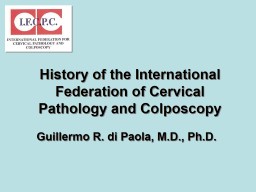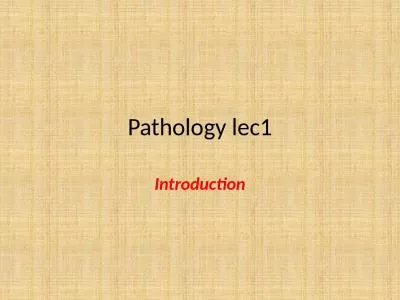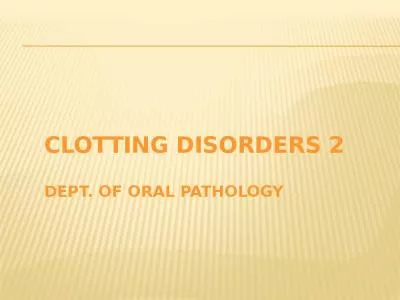PPT-Oral pathology lec.1 Introduction
Author : piper | Published Date : 2024-01-13
Introduction and Review Oral cavity extends anteriorly from vermilion junction of lips to junction of hard and soft palate above and to line of circumvallate
Presentation Embed Code
Download Presentation
Download Presentation The PPT/PDF document "Oral pathology lec.1 Introduction" is the property of its rightful owner. Permission is granted to download and print the materials on this website for personal, non-commercial use only, and to display it on your personal computer provided you do not modify the materials and that you retain all copyright notices contained in the materials. By downloading content from our website, you accept the terms of this agreement.
Oral pathology lec.1 Introduction: Transcript
Download Rules Of Document
"Oral pathology lec.1 Introduction"The content belongs to its owner. You may download and print it for personal use, without modification, and keep all copyright notices. By downloading, you agree to these terms.
Related Documents

